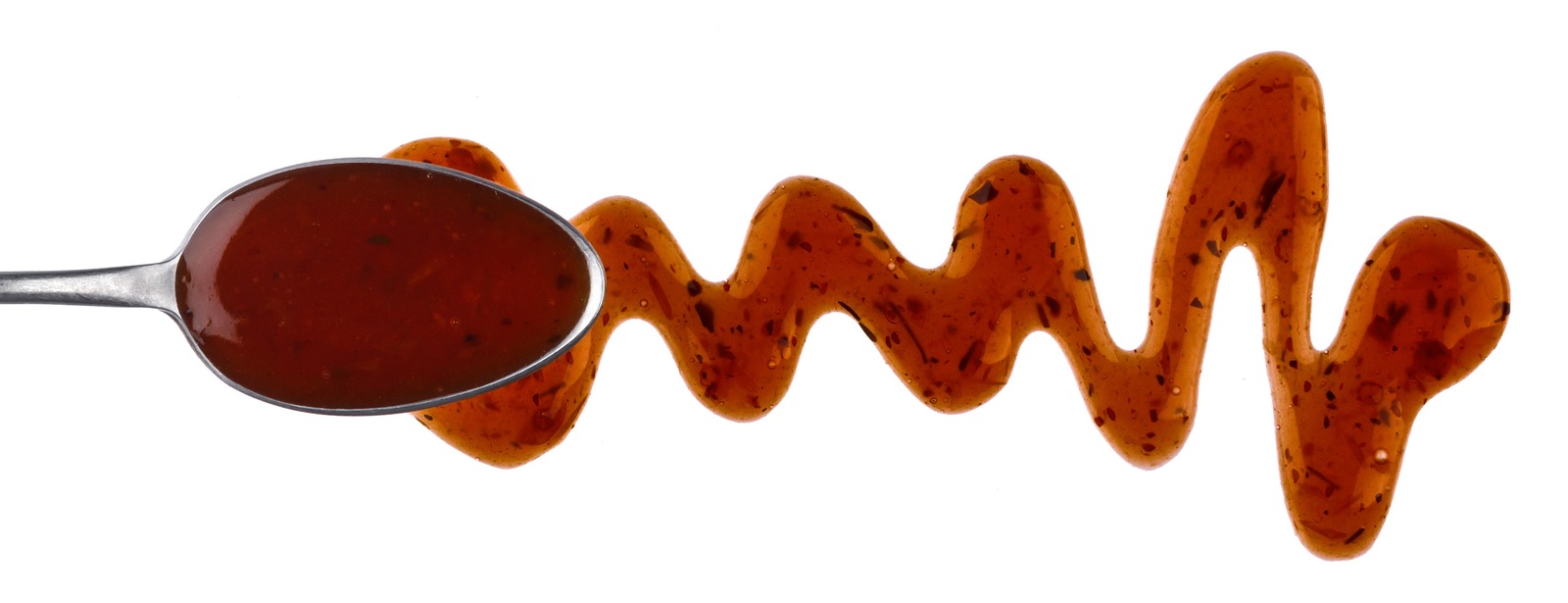Evaporation is a fundamental operation in the food industry, widely used to concentrate liquids. In its simplest form, evaporation removes water (or other volatile solvents) from a product, thereby increasing dry matter content, flavor richness, and improving the stability of the solution structure. However, traditional atmospheric evaporation often requires high temperatures, which can lead to the degradation of sensitive product components and undesirable changes in color, flavor, or nutritional value.
This is why most modern food manufacturers utilize vacuum evaporation systems, which use a vacuum to lower the boiling point, allowing evaporation to be carried out at significantly lower temperatures than at atmospheric pressure. This makes vacuum evaporation an increasingly popular choice for companies working with heat-sensitive ingredients or seeking to improve the quality of end products.
How vacuum evaporation works
Vacuum evaporation is based on the relationship between pressure and boiling point. At standard atmospheric pressure (Ōēł1 bar), water boils at 100┬░C. However, as the pressure decreases, the boiling point also decreases. For example, at 0.2 bar, water can boil at approximately 60┬░C. Therefore, operating under vacuum allows evaporation to occur at a lower temperature than atmospheric pressure.
In a typical vacuum evaporator, the heated liquid enters a vacuum chamber, where a vacuum pump or ejector system creates a vacuum. Upon entering, the liquid immediately boils, converting into vapor, which is removed from the unit through a vapor recovery and condensation system. The lower boiling point slows the thermal decomposition of heat-sensitive compounds (such as flavors, pigments, and vitamins).
The vacuum system also partially deaerates the final product, creating a denser structure and extending the shelf life of the product by removing air bubbles that could harbor pathogens and cause oxidation.
Advantages of vacuum evaporation over atmospheric methods
- Lower operating temperature: this preserves heat-sensitive nutrients, aromas, and colors, making this method ideal for delicate products such as fruit juices, milk concentrates, plant extracts, honey, etc.
- High product quality: reduced thermal degradation preserves the final product's organoleptic and nutritional properties.
- Reduced oxidation and contamination: less air is present in a vacuum. This means fewer air bubbles, a reduced risk of oxidation, and a reduced likelihood of the formation of volatile odors or the penetration of microorganisms through aeration.
- Longer shelf life: products concentrated under vacuum have lower water activity, fewer microbubbles, and lower oxygen content, contributing to longer product stability.
The practical usefulness of vacuum evaporation comes from its ability to maintain control over both temperature and pressure, which directly determines product concentration rates and quality. The evaporation process can be adjusted by regulating the temperature and vacuum level. These factors allow the same technology to handle liquids with very different viscosities or sugar concentrations, from clear juices to dense syrups.
Main applications in the food industry
Vacuum evaporation is widely used in many segments of the food industry. Here are a few examples:
- Fruit and vegetable concentrates: juices, purees, and pulps can be concentrated under vacuum to reduce volume and prepare them for further processing (e.g., flavoring, pasteurization, drying).
- Dairy products: condensed milk, whey concentrates, and dry milk powderŌĆövacuum evaporation helps preserve delicate proteins and functional components.
- Honey processing: vacuum dehydration and concentration help achieve the desired viscosity and remove moisture without excessive heat.
- Plant extracts and flavor concentrates: many plant extracts contain volatile aroma compounds; vacuum evaporation protects them from heat damage.
- Sauces, syrups, and pastes: reducing water content under vacuum helps control final viscosity, improves product shelf stability, and reduces shipping weight.
- Value addition of food waste: for example, concentration of by-products or co-products (e.g. fruit pomace or whey) to restore their value under gentler conditions.
When designing a vacuum evaporation process, parameters such as initial solids content, boiling point elevation, and target concentration must be carefully considered. Heat sensitivity of the product defines the maximum allowable temperature, while the viscosity at high concentrations determines the suitable type of evaporator, whether one with forced circulation, or a batch type vacuum evaporator with a heating jacket. Understanding these physical and thermodynamic relationships is essential for selecting appropriate equipment capacity and configuration.
Additional considerations for food processors and manufacturers
If you are considering investing in our vacuum evaporation equipment, it is helpful to evaluate the following:
- Performance and throughput requirements: determine the desired volumes for batch vacuum processing; select the appropriate machine size.
- Operating pressure and temperature range: determine the required product processing temperature and vacuum depth ŌĆō this also influences the choice of the vacuum source.
- Energy and heat transfer fluid (heat source): jacketed heat transfer fluid (steam, water, thermal oil), external heat exchanger with flow-through heating, and how this fits with your energy sources.
- Vacuum generator: liquid ring vacuum pumps, ejectors.
- Construction material and hygiene requirements: food-grade stainless steel, easy-to-clean design, cip capability, minimal dead spaces.
- Control and monitoring systems: desired level of process automation level when selecting a customized controls solution.
- Maintenance and repairability: selecting and purchasing a complete set of spare parts along with the equipment ensures trouble-free operation and service.
Vacuum evaporation is a technically advanced method for concentrating liquids and processing food materials where product quality, uniformity, and efficiency are critical. By lowering the boiling point through reduced pressure, food producers can preserve the integrity of sensitive ingredients, improve stability, and reduce environmental impact compared to atmospheric methods. Vacuum evaporation is often used to produce fruit concentrates, dairy products, honey, herbal extracts, and sauce bases. Careful equipment selection will maximize long-term value and overall productivity. If you're considering investing in vacuum evaporation technology, evaluate your capacity, product characteristics, and utility infrastructure to determine which evaporator model best suits your production requirements.

















